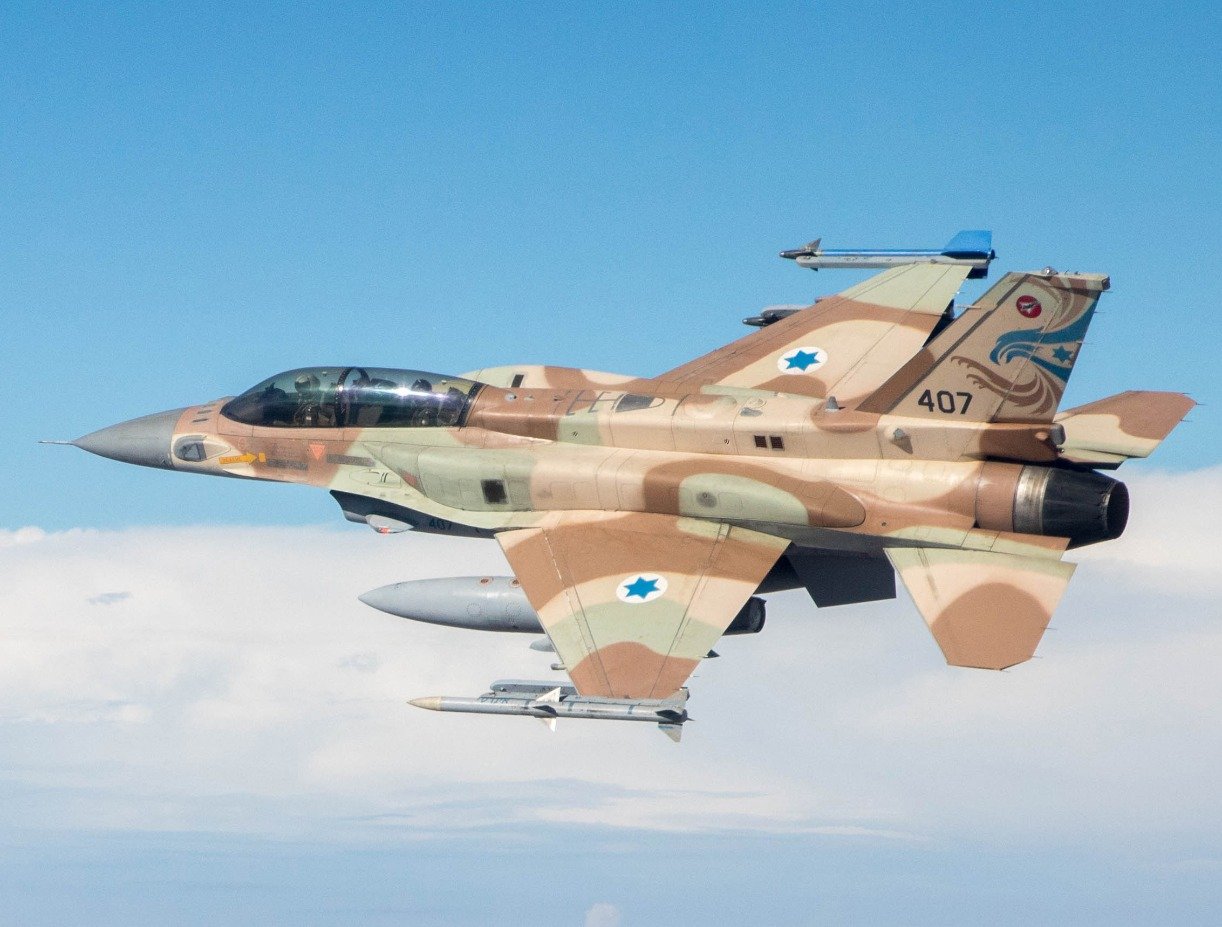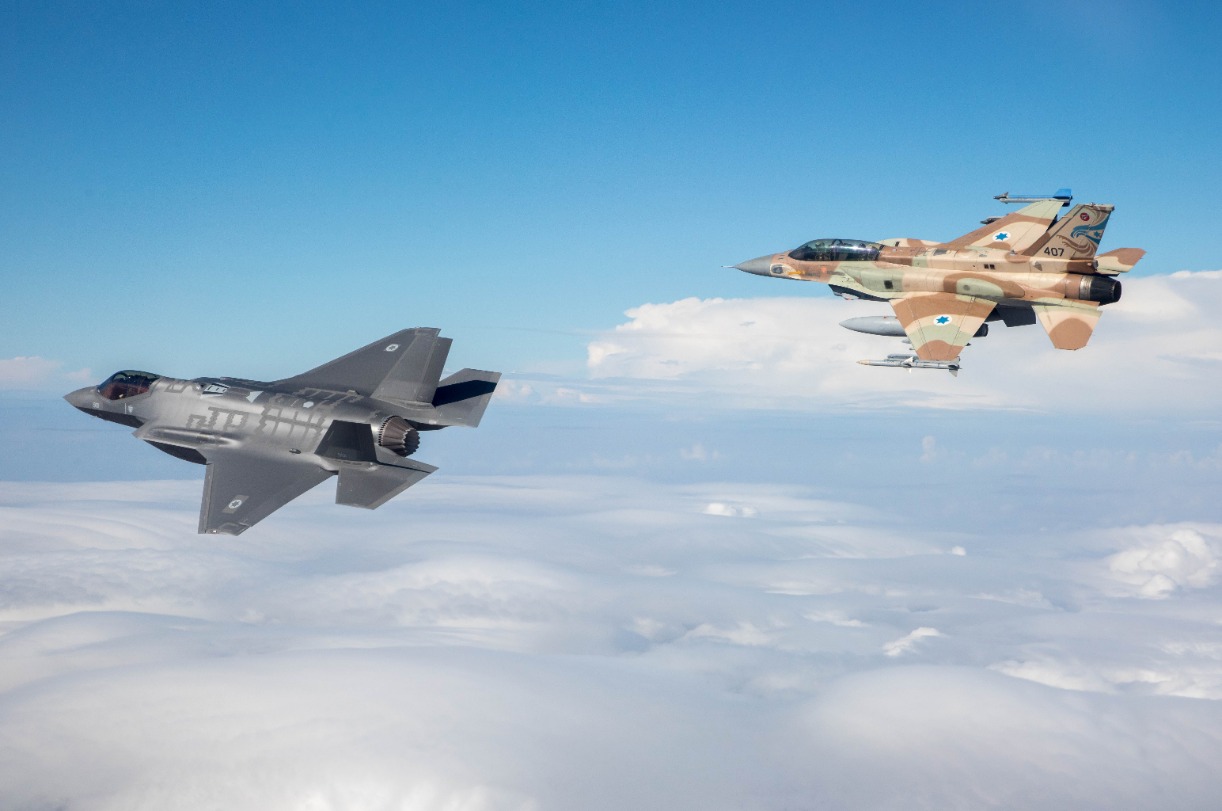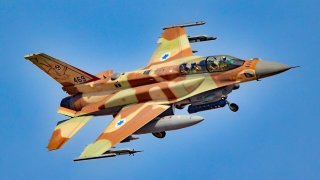Israel's F-16I Fighter Can Destroy Anything, Anywhere and at Anytime
The F-16I Soufa ("Thunderstorm"), introduced in 2004, is Israel's specialized version of the F-16, designed for long-range strike capabilities, including potential nuclear delivery.
Summary and Key Points: The F-16I Soufa ("Thunderstorm"), introduced in 2004, is Israel's specialized version of the F-16, designed for long-range strike capabilities, including potential nuclear delivery.

-Built with advanced avionics and conformal fuel tanks, it can reach targets as far as Libya and Iran. The F-16I has been Israel's primary aircraft in multiple operations, including Cast Lead, Pillar of Defense, and Protective Edge, showcasing its versatility in air-to-air combat, ground attacks, and reconnaissance missions.
-The Soufa underscores the strong bond between Lockheed Martin and Israel, emphasizing its role in countering threats from Iran and other adversaries.
A Primer on the F-16I “Soufa”: Israel’s Best Warplane
At the unveiling of the F-16I Soufa (“Thunderstorm”) production line in 2003, John Bean, then the vice-president of F-16 programs for Lockheed Martin, said the program “illustrates the strong bond between Lockheed Martin and Israel.”
At that time, Israel had ordered 102 of the specialized F-16s. The first shipments arrived in Israel in 2004. Israel today operates the largest fleet of F-16s outside of the U.S. Air Force.
This bird was built for but one thing: Destroying Israel’s enemies (of which there are many). Its range outstrips all other versions of the F-16. These birds can reach as far away as Libya and Iran without refueling, and their weapons systems are highly interoperable with American weapons.
The Specs
Israel’s F-16 Soufa was loosely based on the F-16D block 50/52. Considered a multirole fighter, this bird can perform air-to-air combat, ground attack, and reconnaissance missions. Israel’s F-16 features advanced avionics and electronic warfare systems, making it a highly capable platform in both offensive and defensive roles.

The F-16I’s weapons are varied and strong – everything from air-to-air and air-to-ground munitions, including Python-4, Python-5, and Derby air-to-air missiles, as well as AGM-65 Maverick, GBU-12 Paveway II, and GBU-31 air-to-ground weapons. And the biggest (not so) secret of them all: the F-16I can carry nuclear weapons.
The F-16I has a ferry range of approximately 2,000 miles and is powered by a single Pratt & Whitney F100-PW-229 engine that provides 29,000 pounds of thrust. One of the reasons for the F-16I’s incredible range is its Conformal Fuel Tanks This bird can reach a maximum speed of approximately Mach 2 and has an operational ceiling of 50,000 feet.
Conflicts of the F-16I
The F-16I varied operations history illustrates how dangerous Israel’s neighborhood is.
From 2008-2009, the F-16I was Israel’s lead warplane in Operation Cast Lead.
Four years later, in 2012, the F-16I led the fight for Israel in Operation Pillar of Defense. In 2014, the F-16I played a leading role in Operation Protective Edge. Since then, the F-16I has played a decisive role fighting various terrorist organizations throughout the region.
The “Soufa” Was Meant to Fight Iran
Make no mistake: the F-16I Soufa is meant to bring the hurt to Israel’s enemies. Specifically, it is meant to facilitate long-range strikes against Iranian targets that are far over Israel’s horizon.
While Israel has purchased the F-35 Lightning II from the United States and has even made inquiries about the F-22 Raptor, the F-16I can deliver a world of hurt on Iran whenever Israel’s air force decides it is time.
Author Experience and Expertise: Brandon J. Weichert
Brandon J. Weichert, a National Interest national security analyst, is a former Congressional staffer and geopolitical analyst who is a contributor at The Washington Times, the Asia Times, and The-Pipeline. He is the author of Winning Space: How America Remains a Superpower, Biohacked: China’s Race to Control Life, and The Shadow War: Iran’s Quest for Supremacy. His next book, A Disaster of Our Own Making: How the West Lost Ukraine, is due October 22 from Encounter Books. Weichert can be followed via Twitter @WeTheBrandon.
All images are Creative Commons or Shutterstock.
From the Vault
Russia Freaked Out: Why the U.S. Navy 'Unretired' the Iowa-Class Battleships
Battleship vs. Battlecruiser: Iowa-Class vs. Russia's Kirov-Class (Who Wins?)


